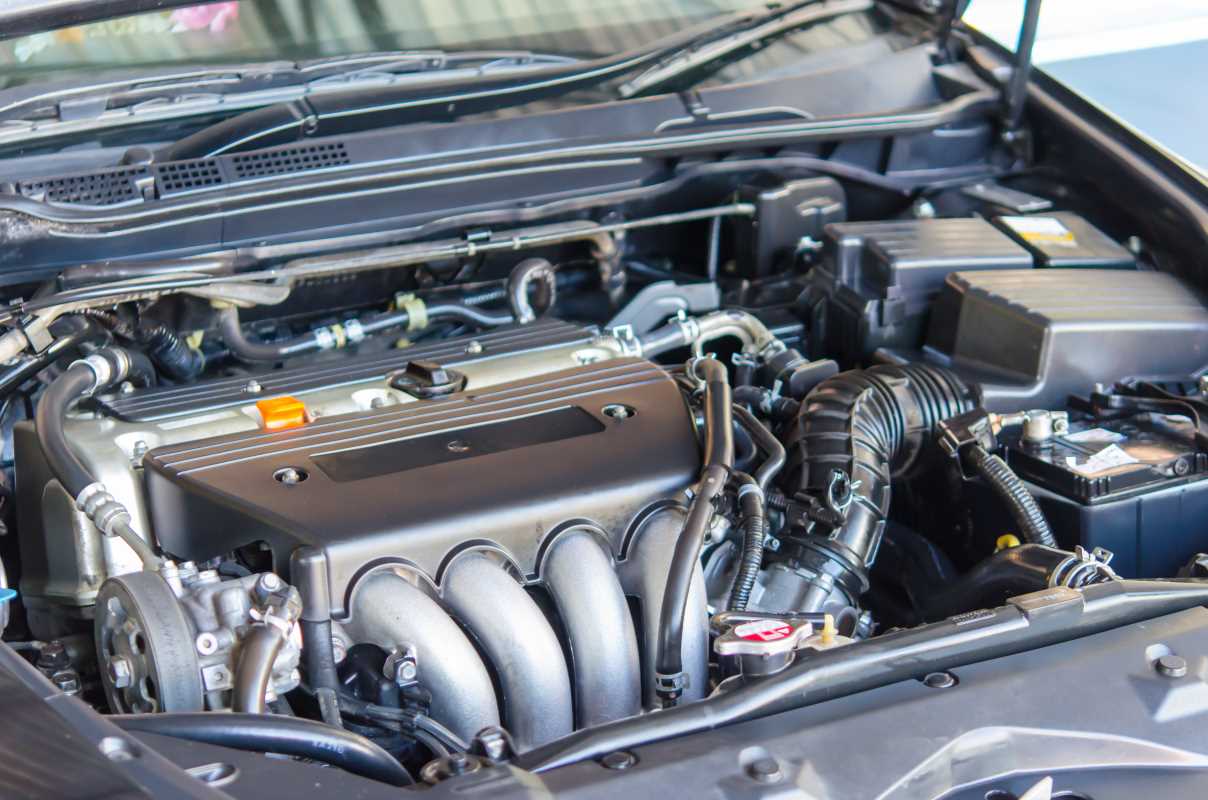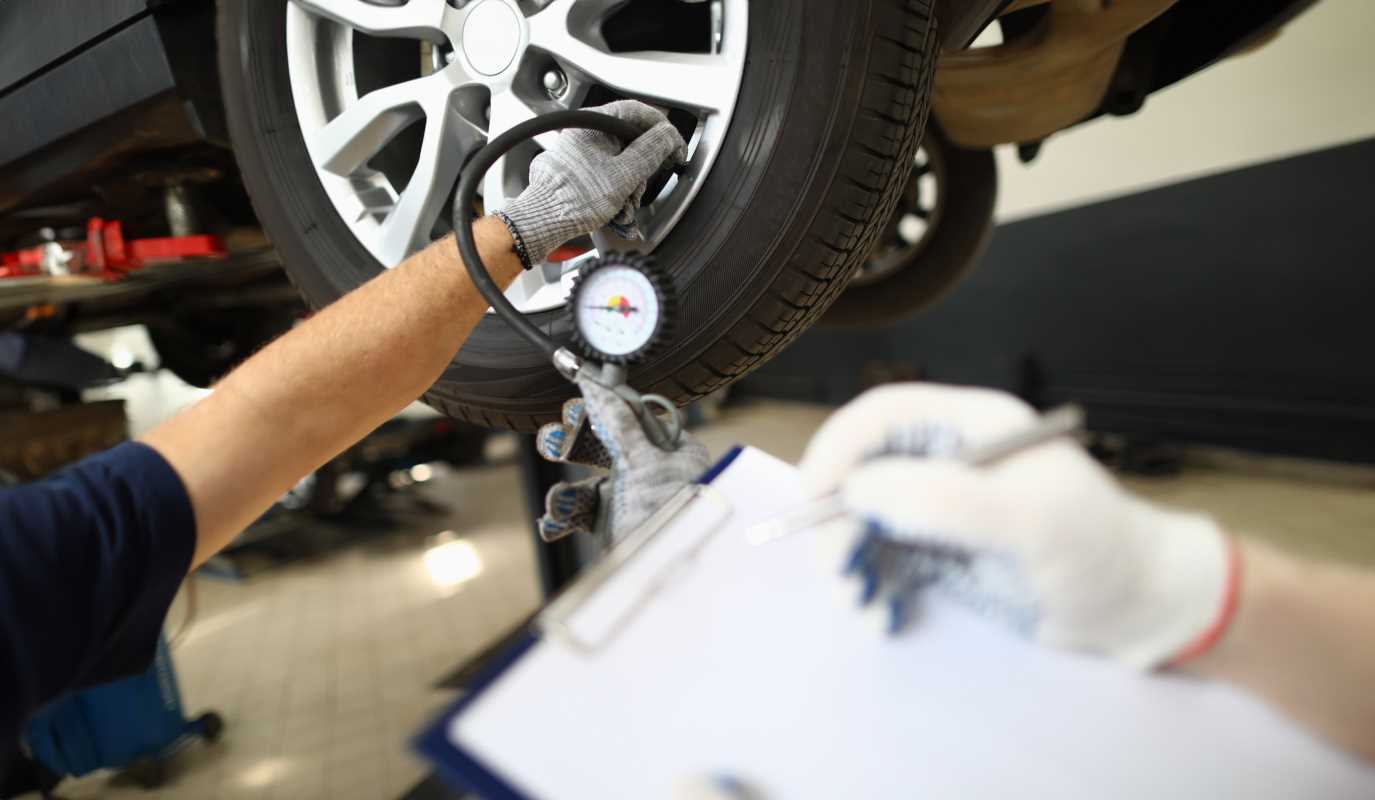Your car's engine oil is its lifeblood. It provides critical lubrication, cleaning, and cooling to many moving parts. When it comes to choosing between conventional and synthetic oil, the decision can be confusing. Conventional oil was the standard for many years, a reliable choice for everyday driving. Synthetic oils have become increasingly popular, though. They are specifically engineered to offer superior performance and protection, especially for drivers who demand more from their vehicles. This comprehensive guide will explain the key differences between conventional and synthetic oils. We will explore the unique benefits of each type. Our goal is to help you make an informed decision so your vehicle can operate at its peak performance for many years to come.
What Does Engine Oil Actually Do?
Before comparing options, it’s worth understanding the critical roles oil plays under the hood:
- Lubrication: By forming a slippery shield between pistons and cylinder walls, oil keeps metal parts from grinding together and causing destructive wear.
- Cooling: As oil flows, it collects heat from friction and combustion, carrying it away from hot engine areas and dumping it in the oil pan to cool down.
- Cleaning: Special ingredients within oil suspend soot, tinier particles, and bits of debris, stopping the buildup of sludge and keeping passageways clear.
- Sealing: It helps fill gaps between piston rings and cylinder walls, preserving compression and efficiency.
- Corrosion Protection: Additives break down acids from combustion, helping stave off rust and corrosion on delicate engine parts.
Understanding Conventional Oil
Conventional oil has been a mainstay for generations of vehicles. Refined straight from crude oil, this classic blend is processed into the lubricating base found in most older cars. During refinement, the mixture’s molecules end up unevenly sized. Imagine rocks and pebbles jumbled in a jar. As a result, conventional fluid doesn’t always withstand high heat and pressure for long stretches without breaking down. Formulators use extra chemical boosters to enhance its stability and extend service.
- Performance Overview: It offers solid, everyday lubrication and solid protection in standard driving scenarios, having supported millions of rides for years.
- Best Fit For:
- Cars with a lot of miles and straightforward engines
- Drivers whose commutes are calm and rarely stressful for engines
- Owners watching their budget who don’t mind changing oil more often (every 3,000–5,000 miles)
The Rise of Synthetic Oil
Synthetic oils also start from a crude base, but take a scientific detour. Engineers break down and rebuild these molecules from the ground up, creating nearly identical, smooth particles. Instead of the rough jumble found in older blends, imagine a container of flawless marbles, each fitting together seamlessly. This specialized structure gives synthetics a leg up, especially for newer engines that work harder and at tighter tolerances. With each bottle, you're getting a fluid crafted for endurance and extreme demands.
Notable Advantages of Synthetic Options
Modern synthetics come with a wealth of strengths that can make a real difference in how smoothly your engine runs, how long it lasts, and how often you’ll need service.
1. Resistance to Heat
High-mileage and turbocharged engines run hot. Synthetics don’t break down as easily under tough conditions, maintaining their protective abilities and reducing engine deposits that clog passages. That means cleaner operating and less chance of gunky buildup.
2. Reliable Cold-Weather Starts
In freezing weather, traditional options can become syrupy, making the first seconds after startup especially harsh on engine parts. Synthetics stay fluid even in bitter cold, flowing instantly and protecting components when they’re most vulnerable.
3. Superior Cleanliness
Formulated with advanced detergents and dispersants, synthetics trap dirt and engine byproducts efficiently. The result is a cleaner interior, which helps your vehicle run more efficiently for longer, with less risk of debris causing issues.
4. Longer Time Between Changes
Thanks to their resilience, synthetic options can often go 7,500 to 15,000 miles between services. This is much farther than the shorter intervals needed for traditional options. This longer lifespan can make up for the higher upfront price with fewer trips to the shop.
5. Improved Efficiency
Smooth, evenly sized molecules create less resistance as they move through engine parts. That translates to less wasted energy and can improve fuel economy, helping you get a little more distance out of each gallon.
The Role of Synthetic Blends
Blends mix conventional and synthetic bases, offering improved protection and durability compared to traditional options, without reaching the performance extremes or longer life of full synthetics. Blends suit those who want a balanced compromise in both price and performance.
Deciding What’s Right for Your Vehicle
Selecting the ideal product isn’t a one-size-fits-all decision. It comes down to what you drive, the way you use it, and what you value most.
Full Synthetic Recommended For:
- Owners of modern vehicles, particularly those with turbochargers or high-output engines
- Those living where temperatures swing between extremes
- Drivers who make many short trips, tow trailers, or drive energetically
- Anyone who prefers fewer maintenance stops and top-tier engine protection
Conventional Recommended For:
- Owners of older, high-mileage vehicles with basic engine designs
- Calm drivers who rarely push engines hard
- Budget-minded folks who are diligent about frequent maintenance
Above all, always check your vehicle’s manual for recommendations on oil type and weight (like 5W-30). Following manufacturer guidelines maximizes performance and prevents issues. Although the purchase price of synthetic is higher, its durability, cleaner running, and less frequent service can pay dividends. This stretches both your engine’s lifespan and your wallet, mile after mile.







